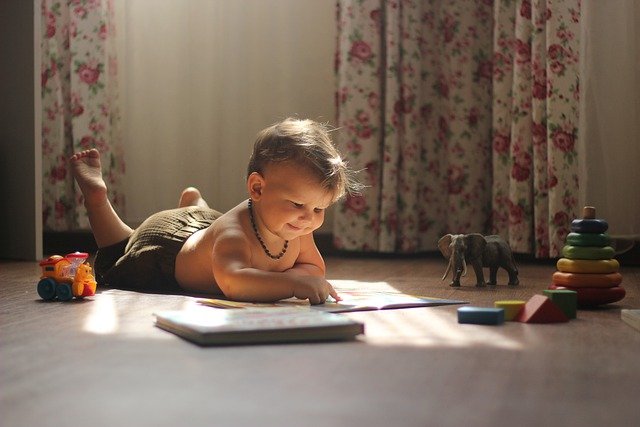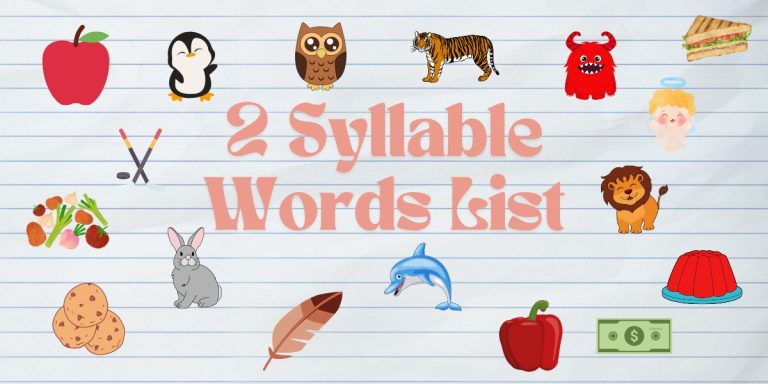How to Know When to Drop a Nap
Are you wondering if your toddler or preschooler is ready to drop a nap? Are you having a difficult time knowing when to drop a nap or if your child is ready to give theirs up? Read on to find out some signs your child is ready to go without a nap and what to do if you as a parent aren’t quite ready to give up naptime yourself.
While some children are ready to drop naps altogether by age 2, the most common age to drop a nap is between the ages of 3 and 4. Some children may need a nap until they are 5. Each child is different and each child’s experiences are different as well.
Disclaimer: I am not a sleep expert, doctor, or pediatrician. I am simply a Mom who has been through it and wants to share our experience with you in hopes that I can be of some help. If you are really struggling I would highly recommend checking with a child sleep expert or pediatrician.
*This post may contain affiliate links and as an Amazon Associate and a member of other affiliate programs, I may earn a small compensation from qualifying purchases. All opinions and recommendations are my own.

Frequent Night Wakings and/or Early Wakings
This was our first and major sign our preschooler was ready to drop a nap. At 3 and a half, our girl was waking up around 3 AM for the morning ready to be awake and screaming and crying that she wasn’t tired. We went through weeks of this trying all sorts of different tips and tricks and nothing helped her to calm down and go to sleep.
After talking with friends and family we decided that she maybe was ready to give up her nap or nap for shorter amounts of time. We slowly cut her nap time down and capped her nap at an hour and eventually half an hour and found that she wasn’t getting too tired at night and was sleeping through the night again.
When she went through a period of night wakings again we cut nap out completely and replaced it with a “quiet” time instead. She did great with the transition since we did it slowly and we were so excited to get more sleep again. Read on to see what quiet time looked like in our house instead of nap time.

Difficulty falling asleep at night
Difficulty falling asleep at night or fighting bedtime is also a major sign for a lot of toddlers and preschoolers who are ready to drop a nap. This one is difficult as it could also be a phase that children are going through.
At ages two and three they really start to explore boundaries and think that when they go to sleep they miss out on things. So you may experience stalling in the form of needing a drink, having to use the bathroom, etc…Because of this, it is hard to know if they are truly ready to drop a nap or if they are testing the boundaries.
If you think they are ready to drop a nap and really aren’t tired in the evenings after taking one I would suggest first trying a shorter nap as mentioned above. Cap their nap or make sure that they wake up by a certain time. If things are still a problem in the evenings cut out naps altogether for a week or so. If you find after trying it out for a few days that they are exhausted and cranky in the evenings maybe they are not ready to drop a nap yet and are just trying to explore boundaries.
A lot of nap dropping is simply trial and error and you need to try a few different things and see what works best for your child as all children are different.

Quiet Time vs. Nap Time
*This post may contain affiliate links and as an Amazon Associate and a member of other affiliate programs, I may earn a small compensation from qualifying purchases. All opinions and recommendations are my own.
It may be difficult to transition to no nap for some preschoolers. This is why we implemented quiet time in our house. Quiet time is a time for both Mom and child to rest, relax, and recharge. It allows children to calm down and let their bodies relax even if not napping.
In our house, we use an okay to wake clock for quiet time (and in the mornings) and this really helps our girls know when quiet time is up and they are okay to come down. Every day we set our clock for 90 minutes and tell our daughter to listen to her body and her brain during quiet time.
*You may need to start with a smaller amount of time to ensure success with quiet time and work your way up to your goal. A good amount of quiet time for your child is what works best for you both. I’ve seen families do anywhere between 30 minutes and 2 hours.
We made sure her room was completely childproof and we only allowed her to use materials that were calming and not stimulating. We don’t allow toys with batteries or tablet time during her quiet time as this can often be very stimulating for young children.
Examples of items we let her use during quiet time are puzzles, crayola color wonder books/utensils (we don’t trust her with normal crayons and markers out of our view just yet as she has colored on the walls too many times), dolls, cars, stuffed animals, and books. Other items that may be good for this would be blocks, magnatiles, etc…
We usually have her sit in bed or a big bean bag chair and bring her toys over to that spot during quiet time as we found this helped her to calm down. In the beginning, there were many times she would fall asleep during her quiet time in which case we would go up after 15-30 minutes of her sleeping and quietly wake her up and allow her to come downstairs.
She now is almost four and loves her quiet time. Possibly because she doesn’t have to share with her sister or worry about anyone else bothering her while she is playing quietly.
It works great in our schedule as we have a toddler at home who still naps and will have a newborn soon as well. We are hoping to keep this quiet time as long as we can and simply switch out the materials she uses as she gets older.

Above all, all children are different. What works with one child may not work with another. Children have different sleep needs. You may have one toddler who is ready to drop a nap at 2 and another who isn’t ready until age 4. Find what works best in your family at the time and go with it.
This is our experience and what worked with us with our daughter at almost 4 years old. With a 1-year-old and a baby on the way, we need some quiet time in our schedule and have been transitioning well from no nap to quiet time. If you have any tips or tricks that have worked for you feel free to share them in the comments down below!








I’m mama to a toddler (almost 2) and I’ve noticed his nap schedule has changed again, so I loved reading this post! I’m also a former K teacher turned SAHM, but about to be mama to two little boys!
Keep holding strong and hopefully he will nap again for a while. My daughter’s changed right when she turned two for a few weeks but she wasn’t quite ready to stop napping thankfully! Good luck with your two little boys. Staying home has been a blessing (a crazy one at times!) and as much as I loved teaching I wouldn’t change it for the world!